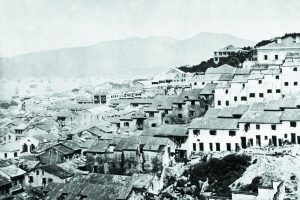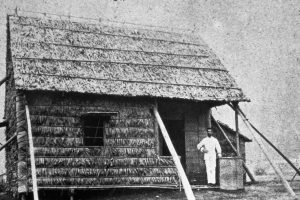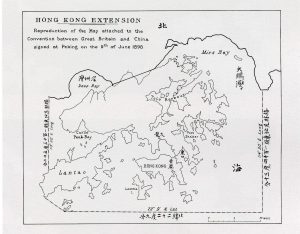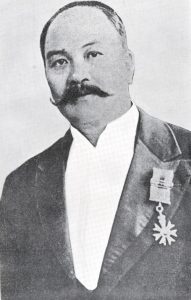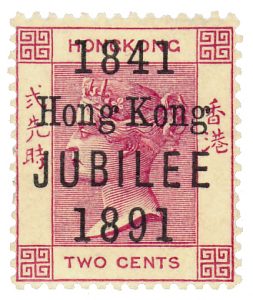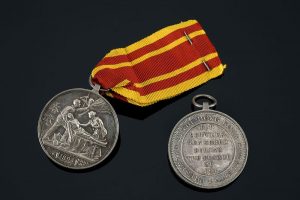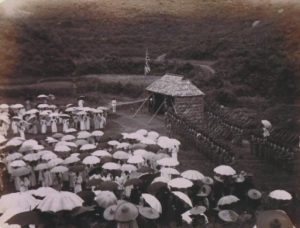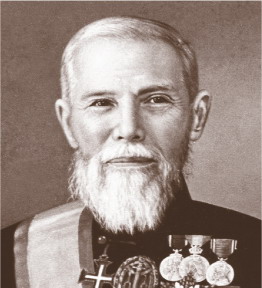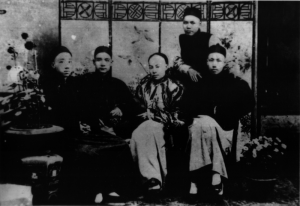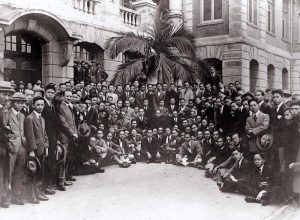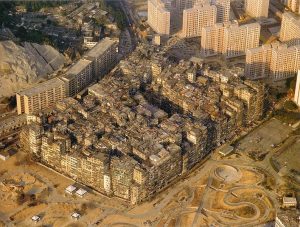I. Tensions and Upheavals
- Qing-dynasty China (1644–1912)
- First Sino-Japanese War (1894–1895)
- The “Scramble for Concessions” (1897–1899)
- The Boxer Rebellion (1899–1901)
- Victorian (1837–1901)/Edwardian (1901–1914) Eras
II. Acquisition of The New Territories (Second Convention of Peking, 1898)
- Resistance (e.g. Kam Tin)
- District Officers
- “Kowloon Walled City“
III. Space of Flow
- Population—44 ships left Hong Kong for San Francisco, taking 7,785 Chinese with them (1851) . . . By 1939, over 6.3 million Chinese emigrants had embarked at Hong Kong for a foreign destination . . . the Chung Collection (UBC)
- Ho Kai (1859–1914) . . . Robert Ho Tung (1862–1956) . . . Tse Tsan Tai (1872–1938; The Situation in the Far East [1899]; South China Morning Post [1903])
- Chinese Chamber of Commerce (1896) . . . Sincere Company (1900; Ma family/Australia) . . . Wing On Department Store (1907; Kwok family/Australia)
- The bubonic plague of 1894—Canton (~100,000) . . . Hong Kong (>2,500) . . . Hygeia . . . Chadwick Report (1882) . . . Sanitary Board (1883) . . . consequences
IV. Faces of Nationalism
- Cantonese connections—Kang Youwei 康有為 (1858–1927) . . . Liang Qichao 梁啟超 (1873–1929)
- Hong Kong connections—Wu Tingfang 伍廷芳 (aka Ng Choy; 1842–1922) . . . Furen Literary Society 輔仁文社 (1892; merged with Revive China Society [1895]) . . . Sun Yat-sen 孫中山 (1866–1925; audio recordings [Mandarin/Cantonese]) . . . China Daily 中國日報 (1900)
- The 1911 Revolution and its aftermath—Chinese Publications Ordinance (1907) . . . Peace Preservation Ordinance (1886; amended 1911)
Discussion
The documents we read this week are about changes, but each was written from a particular perspective. Taking that into consideration, how would you. . . .
- characterize Ho Kai's positions with regard to the proposed Public Health Bill?
- describe, through the record left behind by Tse Tsan Tai, the colony's role in the 1911 Revolution?
- characterize Robert Ho Tung's descriptions of the Chinese community in Hong Kong?
- make sense of Sun Yat-sen's praise of Hong Kong?
- In general, how would these men (and, yes, they were all men) think of Hong Kong and its population? How would you respond to the claim that, by the early twentieth century, there had emerged a sense of "Hong Kong–ness."
- Finally, imagine you are someone living in Hong Kong at the turn of the twentieth century. Give yourself an identity and write a short brief (paragraph) to the colonial government explaining why it should or should not support the revolutionary movement.
Maps
Images
References
-
-
- Choa, G. H. The Life and Times of Sir Kai Ho Kai: A Prominent Figure in Nineteenth-Century Hong Kong . 2nd ed. Hong Kong: Chinese University Press, 2000.
- Law Wing Sang. Collaborative Colonial Power: The Making of the Hong Kong Chinese . Hong Kong: Hong Kong University Press, 2009.
- Luo Xianglin. The Role of Hong Kong in the Cultural Interchange Between East and West. Tokyo: Center for East Asian Cultural Studies, 1963.
- Pomerantz-Zhang, Linda. Wu Tingfang (1842–1922): Reform and Modernization in Modern Chinese History . Hong Kong: Hong Kong University Press, 1992.
- Teng, Emma Jinhua. Eurasian: Mixed Identities in the United States, China, and Hong Kong, 1842–1943 . Berkeley and Los Angeles: University of California Press, 2013.
- Tsai, Jung-fang. Hong Kong in Chinese History: Community and Social Unrest in the British Colony, 1842–1913. New York: Columbia University Press, 1993.
-

